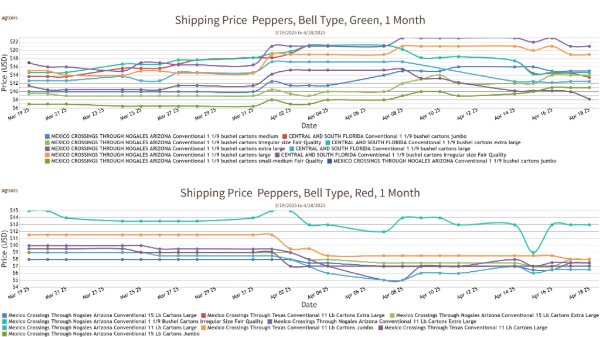Welcome to Blue Book!
Are you ready to join the thousands of companies who rely on Blue Book to drive smarter decisions? View our plans and get started today!
Still have questions? We’d love to show you what Blue Book can do for you. Drop us a line– we’ve been waiting for you.

One company that does extensive business with Chile is Driscoll Strawberry Associates, which maintains major berry growing operations from its headquarters in Chillán, about 250 miles south of the capital of Santiago. The majority of the company’s acreage is located within 100 miles of the office, allowing personnel to monitor production and maintain contact with growers. It’s also only 60 miles from the busy ports of Concepción.
Ups and downs
According to Brie Reiter Smith, general manager of Driscoll’s South America operations, in general Chile has good relationships with its trading partners, though there can be roadblocks along the way. One such speedbump began in the winter of 2013 when the United States imposed fumigation requirements in some growing areas after the discovery of the European grapevine moth. Throughout the infestation, the U.S. Animal and Plant Health Inspection Service has worked with Chile’s Agricultural and Livestock Service to clear and release the affected areas.
Otherwise, says Smith, the partnership with Chile is ideal. The growing regions have good soil, for example, as well as clean water, and a perfect climate, all of which aid the production of high-quality fruits. Then there’s plentiful labor, modern food safety protocols, and the exchange rate.
“The exchange rate is favorable, and producers have traditionally had financial results that allow for reinvestment,” Smith notes. “Because (Chile) is so far away from other markets, there is a very impressive network of state-of-the-art pack houses and coolers. And because of the country’s history, there is a heightened awareness of compliance with international worker welfare standards and food safety.”
Colombia
Located on the northwest coast of South America, Colombia’s 440,831 square miles are home to almost 50 million people. It’s an ecological treasure trove including grasslands, rainforest, coastal areas, and mountains that give it the most biodiverse terrain in South America.
The country’s economy has been booming lately, buoyed by the Trade Promotion Agreement with the United States that began in 2012, along with rising commodity prices and productivity rates and a tolerable inflation level. The big question mark for Colombia, however, is whether peace between the government and powerful rebels will endure after decades of well publicized and prolonged internal conflict. A peace accord, the result of several years of negotiation, failed at the polls in October, but a revised version was ratified by legislators in late November.
Promoting trade
Despite political unrest, Colombia’s trade with the United States has enjoyed primacy for sheer numbers with the two swapping agricultural imports and exports in great quantities: Colombia sends $1.8 billion in products north each year, and the U.S.A. sends $2.4 billion back. The United States is Colombia’s largest trading partner, while Colombia ranks ninth on the U.S.’s list of exporters.








